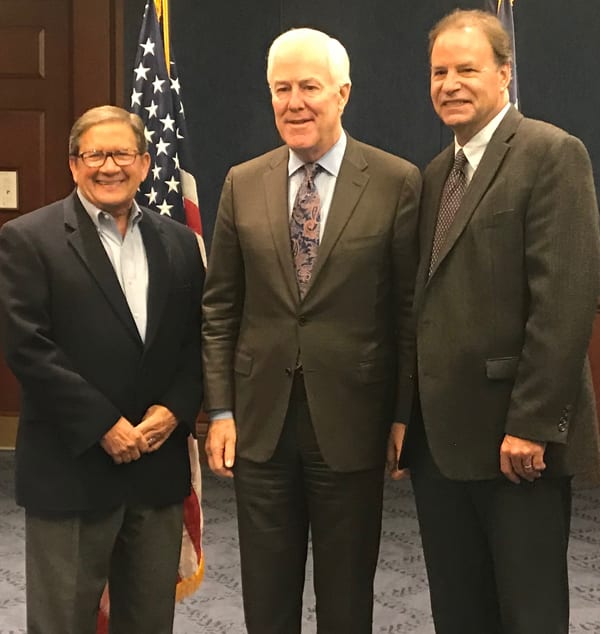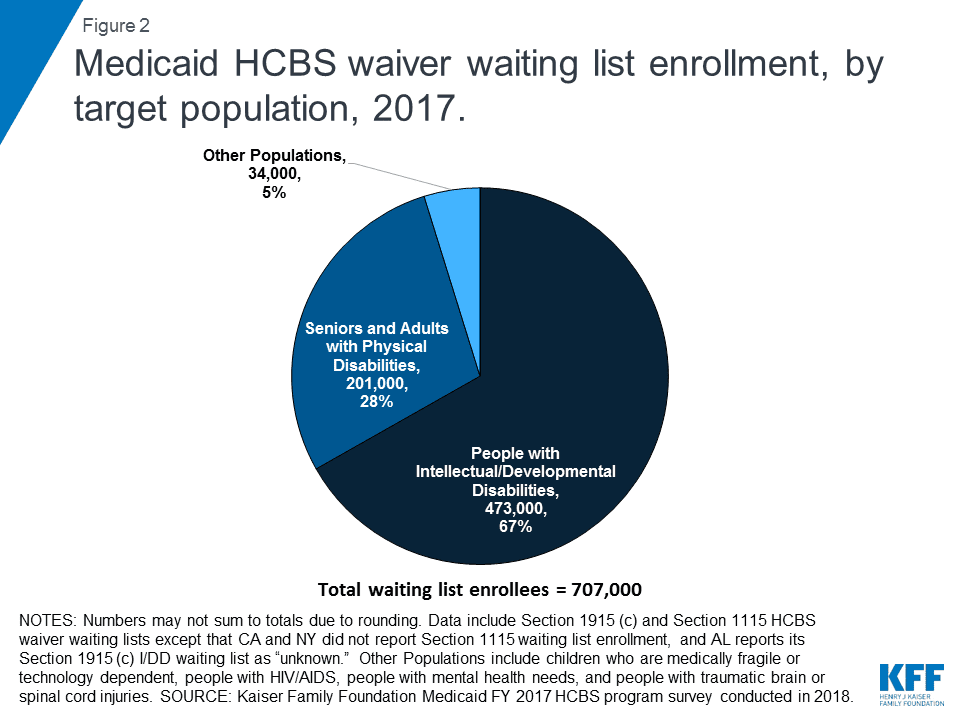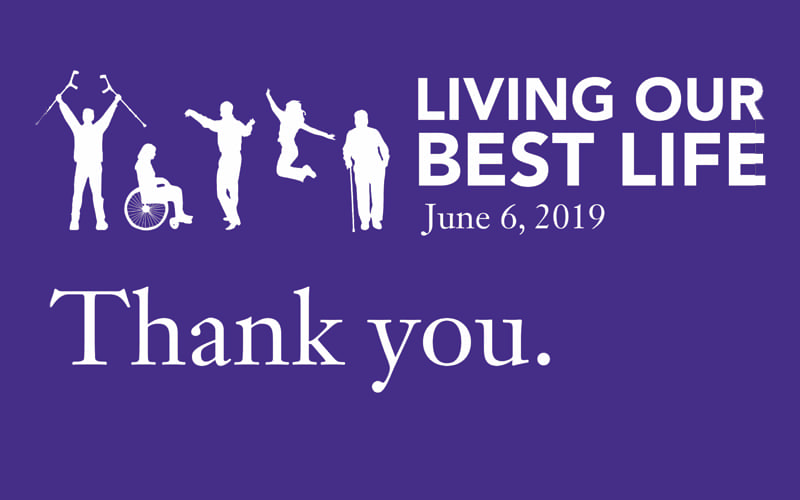Pictured: Don Buchanan (left of center) was thrilled to be…

Marbridge advocates in Washington D.C.
In the Spring 2019 issue of Life Magazine the Chair of the Marbridge Board of Trustees, Mitch Bell, states when he was looking for a home for his son, his top goal was to find a place where Jordan could thrive. If Mitch had to follow the housing placement guidelines based on the current Home & Community-Based Services (HCBS, Medicaid Waiver Program), Jordan would not have found his home at Marbridge. Ideally Marbridge would like to provide beds for HCBS recipients but can’t properly participate under the current requirements. We’re not going to stop advocating for the change though.
James Stacey and Scott McAvoy, Marbridge’s CEO and Executive Vice President, joined the development disability rights group Together for Choice on a trip to Washington D.C. at the end of March where they met with numerous Texas legislators. In a two-day period, James and Scott met with the offices of Senators Ted Cruz and John Cornyn, as well as Representatives Michael Burgess, Bill Flores, Roger Williams, and others.
The focus of their meetings was to bring awareness to legislators of Marbridge and other residential choices available to adults with Intellectual and Developmental Disabilities (IDD). They also discussed the Centers for Medicare and Medicaid Services (CMS) Settings Rule and funding eligibility through HCBS.
“All of the legislative offices were receptive to what Marbridge does and appreciative of our mission for folks with IDD and their families,” said Scott. “We also left behind testimonials from several families about their reasons for choosing Marbridge and how our purpose-built community has benefited their child and wished the HCBS waiver would allow more choices including communities like Marbridge.”
Currently communities similar to Marbridge don’t qualify for HCBS funding based on the Settings Rule. The Settings Rule creates stricter regulations and more narrow definitions of community integrated care, resulting in fewer choices.
In March of this year Together for Choice released a statement saying “CMS’s guidance will make it easier for individuals with intellectual and developmental disabilities to continue to live and receive services in settings that they choose for themselves and that best meet their needs. Personal autonomy has been a hallmark of the disability rights movement, and this guidance is a step in the right direction to ensuring individuals and their legal guardians have the right to choose where to live and receive services.”
While both Marbridge and Together for Choice applaud the new guidelines, Marbridge’s goal in meeting with legislators and representatives was to urge further steps to maximize the choices these individuals with IDD should have. Together for Choice went on to state that “It is critical that the individual and his or her family choose where to live and receive services based on individual needs and preferences, rather than have the government dictate such choices.”
The next step in this process is for individual states to design and submit a transition plan.
“States have until July 2020 to get their transition plan turned in,” Scott continued. “They then have until March 2022, to assure the ‘non-compliant’ settings meet the CMS Settings Rule in order to continue to receive or begin receiving HCBS funding. CMS’s newest guidance, which was released just before we arrived in D.C., puts more emphasis on person centered planning to assist in community integration and less on the locations they reside in.”
As of this writing, the state of Texas has not turned in a transition plan. Marbridge hopes that Texas develops a plan that adheres to CMS’s new guidance and accepts that intentional communities like Marbridge are not presumed institutional, but show compliance through person-centered practices and involvement in the larger community.

Left to Right: James Stacey ,Marbridge CEO, Senator John Cornyn, and Scott McAvoy, Marbridge Executive Vice President .
What You Should Know
- Almost 98,000 individuals are on the Texas version (HCS) waiver interest list, a.k.a. waiting list.
- Individuals can be on the waiting list for up to 15 years.
- *About 2/3 of the national waiting list is comprised of people with IDD.
By allowing communities like Marbridge to qualify for HCBS funding, the waiting list could decrease while more individuals would receive the care they need and the ability to thrive.
* According to the Henry J Kaiser Family Foundation in their April 2019 article Key Questions About Medicaid Home and Community-Based Services Waiver Waiting Lists






